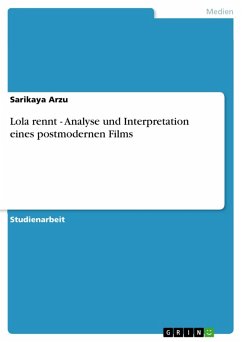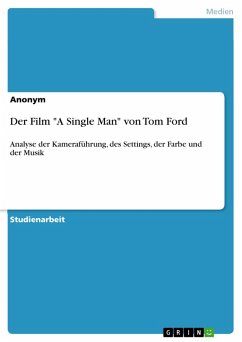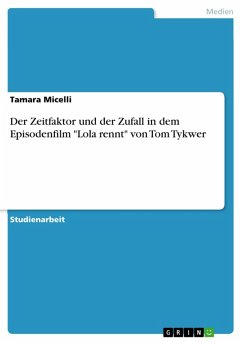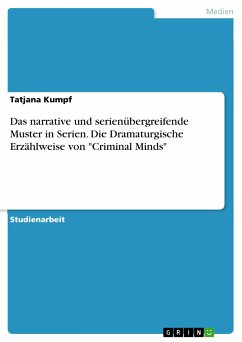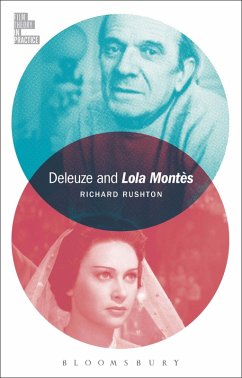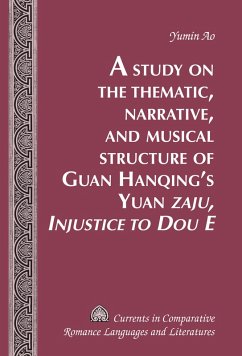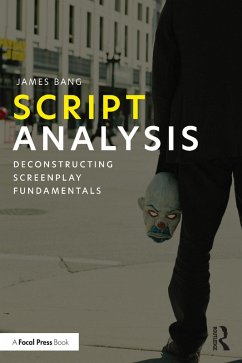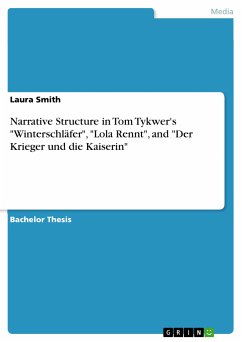
Narrative Structure in Tom Tykwer's "Winterschläfer", "Lola Rennt", and "Der Krieger und die Kaiserin" (eBook, PDF)
Sofort per Download lieferbar
Statt: 10,99 €**
9,99 €
inkl. MwSt. und vom Verlag festgesetzt.
**Preis der gedruckten Ausgabe (Broschiertes Buch)
Alle Infos zum eBook verschenkenWeitere Ausgaben:

PAYBACK Punkte
0 °P sammeln!
**Preis der gedruckten Ausgabe (Broschiertes Buch)
Bachelor Thesis from the year 2015 in the subject Film Science, grade: 72, University of Birmingham, course: BA Modern Languages - German Studies - Cinema, language: English, abstract: A household name in Germany and an internationally recognised director, Tom Tykwer has made significant progress since his first short film Because (1990. Co-founder of the production company X-Filme and with over half a dozen commercially successful feature films behind him, Tykwer is well-respected in his field. But what exactly constitutes his particular niche within the film canon? In the context of post-wal...
Bachelor Thesis from the year 2015 in the subject Film Science, grade: 72, University of Birmingham, course: BA Modern Languages - German Studies - Cinema, language: English, abstract: A household name in Germany and an internationally recognised director, Tom Tykwer has made significant progress since his first short film Because (1990. Co-founder of the production company X-Filme and with over half a dozen commercially successful feature films behind him, Tykwer is well-respected in his field. But what exactly constitutes his particular niche within the film canon? In the context of post-wall German cinema he could be a true auteur with his own ideals and postmodern slant, or his works may in fact be too similar to the modern Hollywood Blockbuster. His style is distinctive but in order to understand what makes Tykwer's contribution to German Cinema unique, it is useful to examine how this style develops throughout his cinematic career. His status as an auteur and a postmodernist are both most evident in his synthesis of narrative structures, postmodernism being "characterised by a superabundance of disconnecting images and styles" (Baldick: 2008, p.266). The contrasting and complementing narrative structures found in three of Tykwer's more influential films - Winterschläfer (1997), Lola Rennt (1998), and Der Krieger und die Kaiserin (2000) - each selected from a different stage of his career, could represent the foundation of Tykwer's originality and provide a comprehensive answer to the aforementioned questions of auteurism and postmodernism.
Dieser Download kann aus rechtlichen Gründen nur mit Rechnungsadresse in A, B, BG, CY, CZ, D, DK, EW, E, FIN, F, GR, HR, H, IRL, I, LT, L, LR, M, NL, PL, P, R, S, SLO, SK ausgeliefert werden.




